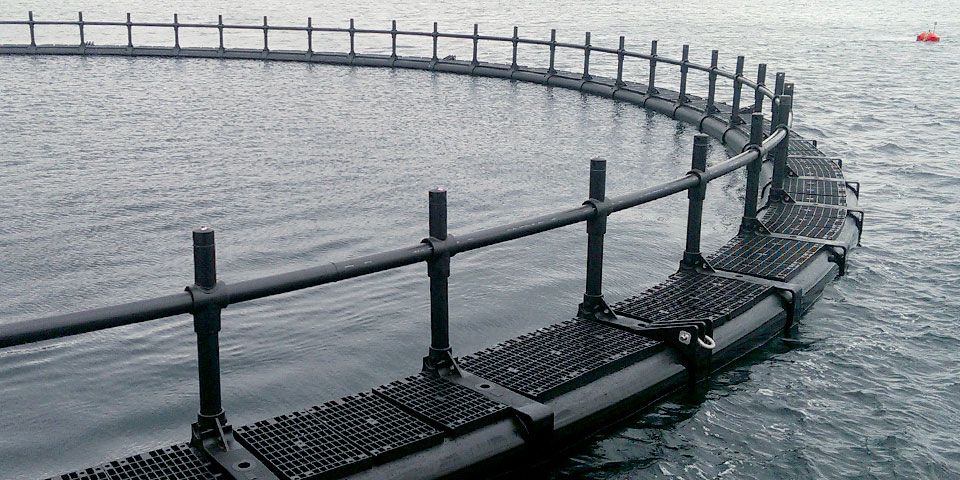Danish company Hvalpsund Net is developing a new aquaculture breeding plant for offshore fish farming that will be Danish’s largest, reports Ingeniøren.
The submersible marine breeding ring has a 120-metre circumference and is currently being tested in the waters off Bornholm.
Can withstand hurricanes
The unique plant can withstand severe weather conditions and is much larger than the traditional sea farms, which are usually an average 80-90 metres in circumference.
“We were pleasantly surprised that the large farm we had in the Great Belt survived the strong winds last autumn,” Casper Petersen, the project manager at Hvalpsund Net, told Ingeniøren.
“Now we have to try out the submersion and then test it at greater depths. That is why it is important the plant was moved to Bornholm, where the sea is deeper.”
Petersen explained that the bigger the ring, the more flexible and resistant it is to high waves and strong currents, allowing for fish farming in areas where the weather normally prevents it.
Better for the environment
The company has already attracted attention from around the world. Hvalpsund Net has had visitors from countries such as Australia, Russia, Iceland and Japan eager to learn more about the hardy breeding ring.
Offshore fish farming is better for the environment because at the greater depths, there are stronger currents that spread the pollution produced by the food fed to the fish and their faeces, which more easily dissolve in the water.
According to the Food and Agriculture Organisation, the global aquaculture sector grew annually by an average of 8.8 percent in the period between 1980-2010. However, both in Denmark and the EU, the aquaculture production of fish and shellfish remained at a constant level.














